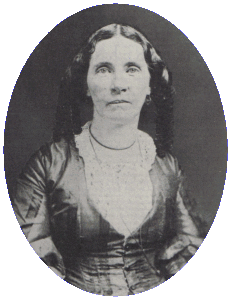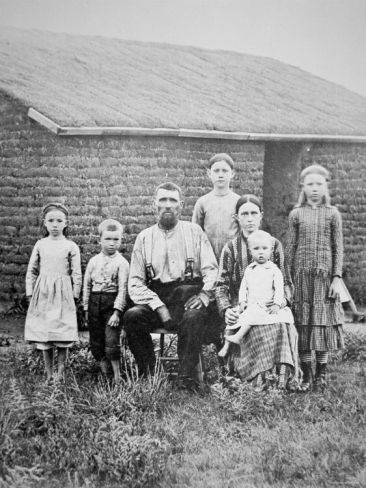Last night, I stayed awake far longer than I normally do, reading Gayle Forman’s new novel, Leave Me. The hook for me was “Every woman who has ever fantasized about driving past her exit on the highway instead of going home to make dinner, and every woman who has ever dreamed of boarding a train to a place where no one needs constant attention—meet Maribeth Klein.”
Suffice it to say, Maribeth’s story is slightly “slant,” as Emily Dickinson so wisely wrote. In order not to give away the story, let me just say that the gist of Maribeth’s dilemma – always a key component of good storytelling – revolves around what’s expected daily of women in the home, even women with high-powered jobs. My heart began racing as I read the first several pages, because I identified with Maribeth’s situation. I’d been overwhelmed by exactly the same emotions when I worked as a project manager for an international development consulting firm, fielding calls at 1 a.m. from consultants on the ground in Pakistan or seeking intel on local suppliers in Kenya for computer support.
At the end, I shut down my Kindle and tried to get to sleep. But I kept thinking back to the situation that galvanized Maribeth to leave her three-year-old twins Oscar and Liv. And her husband Jason.
Here’s a woman who is trying to recuperate from a major illness and no one in the family really gives her what she needs to do that, a very common occurrence. And that situation reminded me of the many historical documents I have run across, pages and pages testifying to the deaths of wives in early or middle adulthood and the remarriage of their husbands to other, younger women and the ensuing second families, swelling a family of five to ten or more heirs when the elderly husband passed away years later. Women’s work truly never ended – not that men’s did either, but men did not have to contend with the physical and mental strain and stress of incessant childbirth and constant breastfeeding while they were carrying out their normal duties.
What were some of those duties piled on the backs of women?
- Cooking, which involved finding fuel and maintaining a steady fire
- Gardening and preserving the harvest thereof
- Maintaining dairy cows and other livestock, including poultry
- Preserving the meat of butchered animals
- Making butter
- Sewing clothing
- Spinning, knitting, weaving clothing
- Making dyes
- Making blankets and quilts
- Laundry and making soap
- Making candles
- Doctoring in cases of illness
- Teaching children to read and cipher
- Childcare
Looking at this partial list, it is no wonder that newly widowed men sought a second or even third spouse as soon as possible after the death of a wife.
And it’s not hard to understand how such unrelenting work depleted many of these women, who depended upon the labor of daughters for help, because – remember this – not everyone owned slaves or could afford to hire servants. Most families relied upon themselves for labor, although at times neighbors pitched in to help each other with harvests and building new barns and houses.

Just to remind myself of what these people were up against, I re-read Amelia Stewart Knight‘s diary in Women’s Diaries of the Westward Journey, by Lillian Schlissel. Mrs. Knight started out for Oregon on April 10, 1853, in the first trimester of her pregnancy with her eighth child, to whom she gave birth on the side of the trail at the end of September. A few days later, she and her newborn “ferried across the Columbia River … Here husband traded two yoke of oxen for a half section of land with one-half acre planted to potatoes and a small log cabin and lean-to with no windows. This is the journey’s end.” (p. 216) Actually, in some ways the journey was just beginning. No doubt Amelia longed to take the off-ramp, so to speak, several times during those long months on the Oregon Trail.
Perhaps the fictional Maribeth’s modern dilemma cannot necessarily be extrapolated to the past, but I think it can, because women still bear the brunt of housework and childcare.
For more on the lives of ordinary women in American history:
Women’s Diaries of the Westward Journey, by Lillian Schlissel (2004)
Pioneer Women: Voices from the Kansas Frontier, by Joanna L. Stratton (1981)
Wagon Wheel Kitchens: Food on the Oregon Trail, by Jacqueline Williams (1993)

© 2016 C. Bertelsen
Yes, indeed we do, Cindy!
I know, I can’t imagine how they found the time to write a word, but we owe them a huge debt of gratitude, don’t we? Thanks, Merrill.
Thanks, Beth. My life is also cake these days, and I appreciate it a LOT! Thanks for sharing your thoughts. Yes, the Schlissel book is pretty good!
The best books send readers on new journeys of the mind. Thank you for sharing your eloquent and fact-based reflection on this novel (which sounds very interesting.) One additional comment–think about these hardworking women who then took time to record their lives in diaries or letters to be sent back to family members!
I can’t help but think of the latest obnoxious remark by the man with the hair that Hillary Clinton does not look “presidential.” UGH!
Women’s Diaries of the Westward Journey, by Lillian Schlissel is one of my all time favorite books that I have read several times. My life is cake compared to these brave women who were up before dawn to make the fire to bake the bread to make the breakfast etc. Men take great credit for winning the west but the true force were the women multi-tasking to make it all come together. Thank you for the good read Cindy.